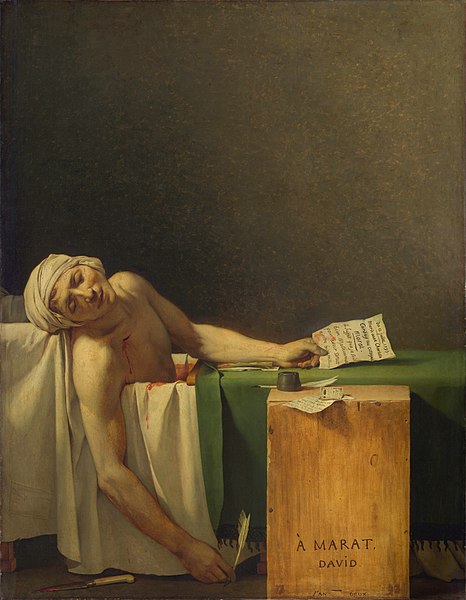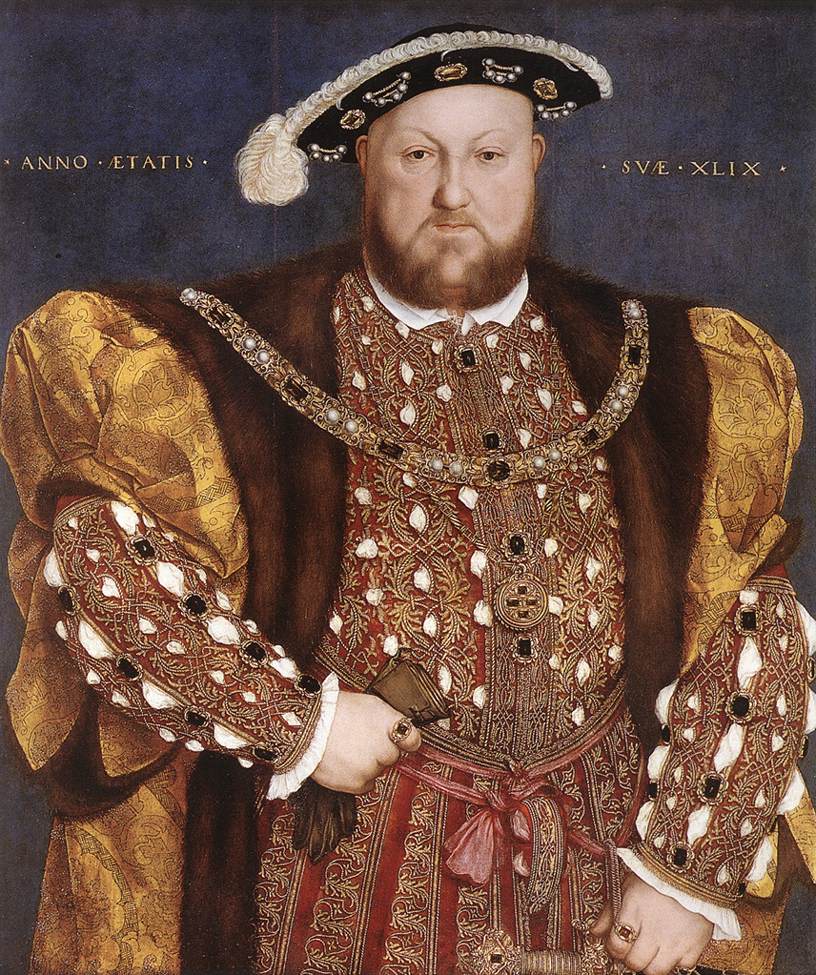Fêtes and Folly: Portrait of Angel Fernandez de Soto
7:00 AM| Pablo Picasso, Portrait of Angel Fernandez de Soto, 1903 |
Anyone who's ever been to a party knows the cast of one. With the million different characters you'd expect to see, it wouldn't be a party without the showy jester figure. We all know these people; the vibrant, wild beings floating through crowded rooms of people, laughing and talking and acting with carefree abandon. Picasso often described the subject of this work, Angel Fernandez de Soto, as an "amusing wastrel" who spent much of his time playing that very role, drinking and partying as though it was his last day on earth. He met de Soto during his time in Paris and as a close friend and fellow artist, Picasso painted him often. This portrait of de Soto falls into Picasso's Blue Period, at the turn of the century while Picasso was first experimenting with color and unconventional painting. Easily recognizable for the monochromatic blue, this time in Picasso's life was a rocky and uneven one.
In Portrait of Angel Fernandez de Soto, de Soto sits at a bar with a glass of absinthe, smoking a pipe, and staring off at the audience. We see de Soto after the party, lonely beyond all belief, surrounded by nothing but shadows, with a look of bored disdain on his sickly-looking face. Like all Blue Period paintings, the whole pictured world is seen through a dark blue lens, however this one has a near impressionistic chaos to the brush strokes that sets it apart from his others at this time. Covered in shadows and general tragedy, the Blue Period would not usually be associated with a "Fêtes and Folly" theme, but upon seeing this depiction of the partier without his party, I felt it needed to make an appearance. Like many of Picasso's paintings in this period, the figure is gaunt with spindly features, especially visible here in de Soto's fingers. The El Greco-inspired facial structure adds to the discontent in this painting as well as emphasizes his sunken, hollow eyes.
So if there's no fête, where's the folly? Despite the dapper clothes, the slicked back hair, and all the alcoholic makings of a wild time, this painting shows what's left underneath the distraction of the "fête:" a depressed, deeply dissatisfied man, alone in a world that some part of him is trying to drink away. The overall feeling in this painting reminds me of something you'd read from the "Lost Generation," even though it was painted nearly two decades before they lived and worked in Paris. The simultaneous hatred of solitude and shelter in it that we see reflected in post-World-War-I writings is alive in Picasso's every tumultuous brush stroke. The more I look at de Soto's twisted mouth and dead eyes, I see all the people I've known who have suffered deeply and attempt to escape their world because they don't know how to be alive in life, anymore. It's not the hilarious and ridiculous party scene that many of my talented classmates will write about, but it still shows an important truth that we often ignore for the sheer discomfort of discussing it. The party unfortunately ends and you can kill yourself trying to live for it, like de Soto here is, or you can do your best to care for tomorrow's self too. If nothing else, this painting shows the other side of the "life of the party" figure, the kind that has to wake up in the morning and keep living, and that universal experience makes this such a human painting. Both the highs and lows are parts of life and, as Picasso demonstrates in this portrait, both are worthy of artistic representation.
*** Editor's Note: Students developed the topic of Fêtes and Folly to chronicle elegant celebrations, bad dates, late nights, or other things related to that time in Spring where barbaric yawps can be heard from backyards, beaches, or the more familiar rooftop. Enjoy their revelry, cheeky overstatement, and occasional tales of ribaldry over the next couple of weeks.











0 comments